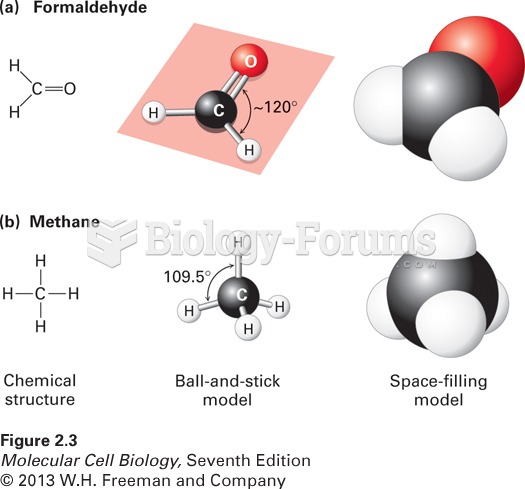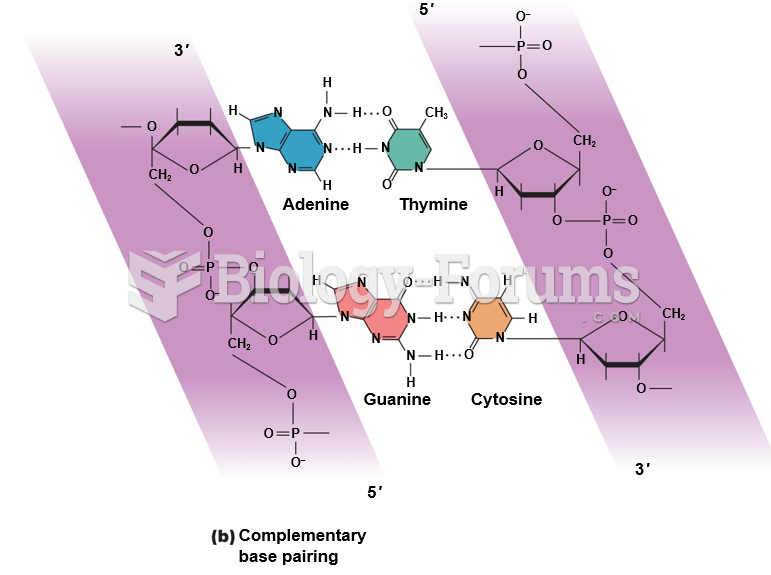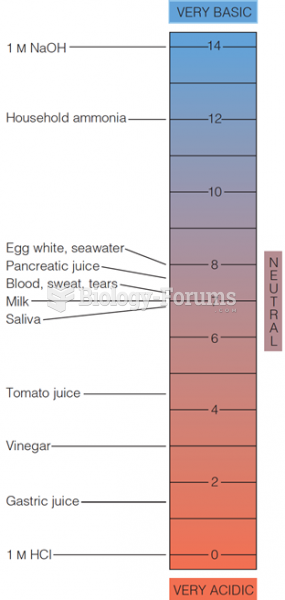Answer to Question 1
Answer: Although the monetary base is one of the determinants of the money supply, there are other factors, such as interest rates, that have an effect on the money multiplier. Hence there is the problem of omitted variables. If interest rates are correlated with the monetary base, then the OLS estimator will be inconsistent. Furthermore, it is likely that due to financial innovations, dynamic causal effects have changed over time. Finally there is the concern of simultaneous causality bias. If the Federal Reserve changes the monetary base as a result of changes in the money supply, perhaps as a result of targeting, then the monetary base becomes endogenous.
Answer to Question 2
Answer: The student's answer should follow the discussion in section 13.2-13.3 (distributed lag model) and 13.5 (autoregressive distributed lag model and quasi-difference representation of the distributed lag model with autoregressive errors). Major points which should include the assumption of exogeneity in the case of the distributed lag model, which, together with the other distributed lag model assumptions, allows for the dynamic multiplier and cumulative dynamic multiplier estimation by OLS. Given the AR(1) nature of the error term, the importance of using HAC standard errors should be stressed.
For the ADL and quasi-difference representation, the importance of the strictly exogenous regressor assumption must be emphasized. The answer should include the derivation of the dynamic multipliers from the OLS estimated ADL coefficients and the difference between the infeasible and feasible GLS estimator. For the latter, the Cochrane-Orcutt procedure should be mentioned.
If the regressors are strictly exogenous, then GLS is asymptotically BLUE. However, since the ADL specification requires estimation of fewer parameters, it may be preferred in practice. If there is no convincing argument for the regressor being strictly exogenous, but an argument for exogeneity can be made, then OLS estimation using HAC standard errors is the preferred method.







